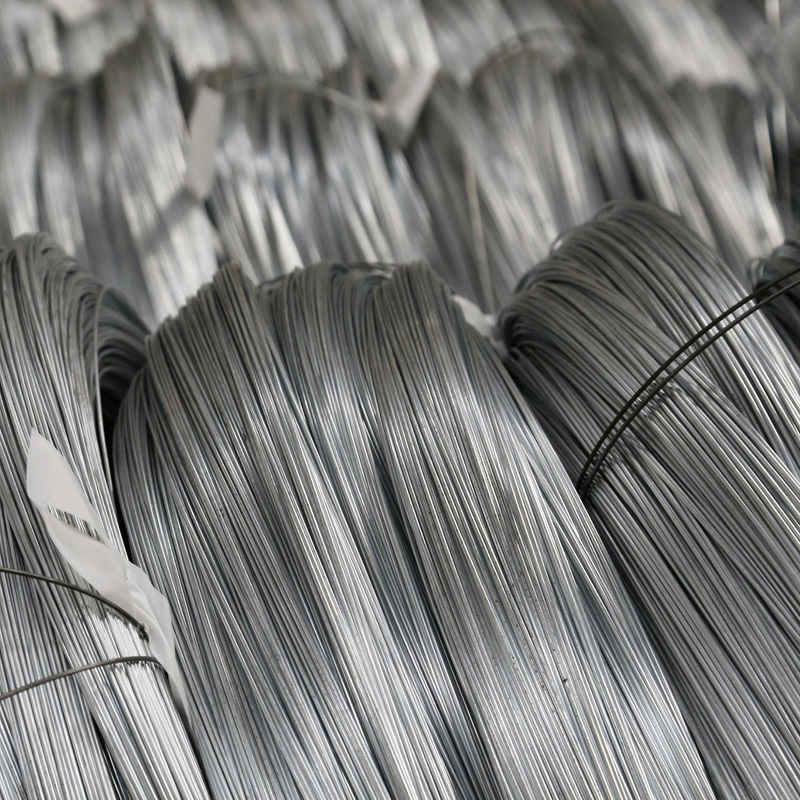-
+86 15030157877
-
sales@galvanizedmetalmesh.com
Ноя . 24, 2024 02:30 Back to list
sand screen mesh
Understanding Sand Screen Mesh Importance and Applications
In the world of oil and gas extraction, the efficiency and success of drilling operations are heavily reliant on the materials and technologies used. Among these materials, sand screen mesh plays a critical role, serving as a barrier that filters out unwanted particles while allowing the extraction of valuable resources. This article explores the significance of sand screen mesh, its various applications, and the materials that enhance its functionality.
What is Sand Screen Mesh?
Sand screen mesh refers to a specialized filtering material used in various industries, primarily in the oil and gas sector. It consists of a network of wires or synthetic materials that create a fine mesh designed to prevent sand and other solid particles from entering the production equipment or the wellbore. By doing so, it protects pumps and other machinery from excessive wear and tear, thereby extending their operational lifespan and ensuring more effective resource extraction.
Importance of Sand Screen Mesh
The importance of sand screen mesh lies chiefly in its role in protecting downhole equipment. During the production phase, especially in oil and gas extraction from sand-sensitive reservoirs, the risk of sand production is high. If sand particles are allowed to enter the production lines, they can cause blockages and damages, necessitating costly repairs and reducing operational efficiency. By utilizing sand screen mesh, companies can effectively manage these risks, promoting safer and more efficient drilling operations.
Additionally, the use of high-quality sand screen mesh enhances the overall productivity of wells. The mesh's filtration capacity ensures that more hydrocarbons can be extracted without the detrimental impacts of sand production. This leads to maximized resource recovery, which is particularly vital given the dwindling natural resources worldwide.
Types of Sand Screen Mesh
sand screen mesh

There are several types of sand screen meshes, each designed for specific applications. The choice of mesh often depends on factors such as the size of the sand particles, the type of fluid being extracted, and the operational environment.
1. Wire Mesh Screens Traditional wire mesh screens are made from stainless steel or other durable alloys. They come in various mesh sizes, allowing for customized filtration based on the specific requirements of the well.
2. Woven Wire Screens These screens are tightly woven to offer superior strength and durability. They are particularly useful in high-pressure environments where sands are mixed with other particulate matter.
3. Synthetic Mesh Screens Composed of materials like polypropylene or polyester, synthetic mesh screens are lightweight and resistant to corrosion. They are often employed in offshore drilling applications due to their ability to withstand harsh marine conditions.
4. Pre-packed Screens This type involves a wire mesh wrapped around a pack of gravel or sand, which acts as an additional filtration layer. Pre-packed screens are often used in high-yield wells, helping to maximize extraction rates while protecting the wellbore.
Conclusion
In summary, sand screen mesh is a vital component in the oil and gas extraction process, ensuring the protection of machinery and enhancing the efficiency of resource recovery. Its importance cannot be overstated; as the energy industry continues to evolve and face new challenges, the demand for effective filtering solutions like sand screen mesh will only grow. By investing in high-quality materials and technologies, companies can not only extend the life of their equipment but also contribute to more sustainable and efficient resource extraction practices. Understanding the various types of sand screen mesh available allows operators to make informed decisions tailored to their operational needs, ultimately leading to better efficiencies and cost savings in the long run.
-
Custom & Wholesale Perforated Metal Mesh Sheets - Factory Direct
NewsAug.14,2025
-
Premium Rib Lath for Durable Stucco & Plaster Systems
NewsAug.13,2025
-
3D Curved Welded Mesh Fence: Enhanced Security & Durability
NewsAug.12,2025
-
Custom Crimped Wire Mesh | High Quality & Wholesale Supply
NewsAug.11,2025
-
Heavy-Duty Stackable Storage Cages – Secure & Space-Saving
NewsAug.10,2025
-
Stainless Steel Angle Factories | Top Suppliers & Manufacturers
NewsAug.09,2025



